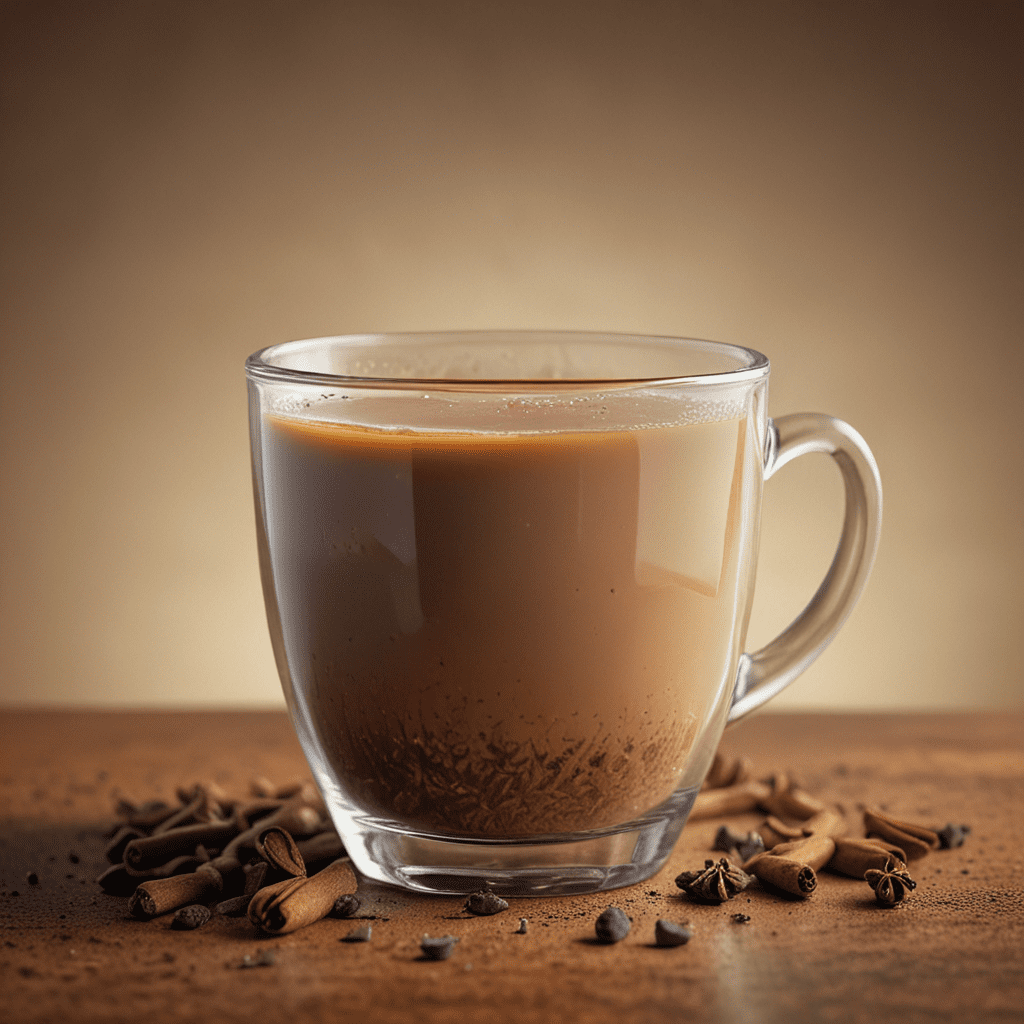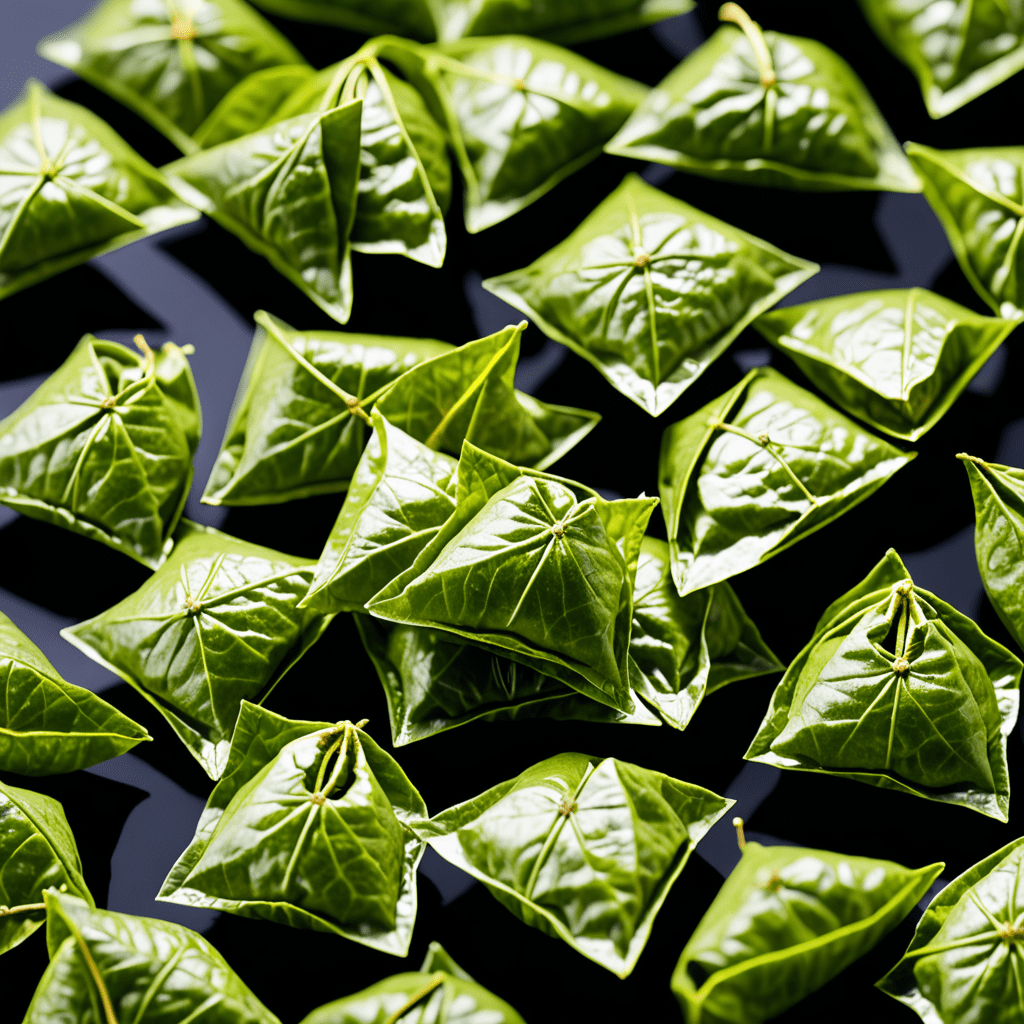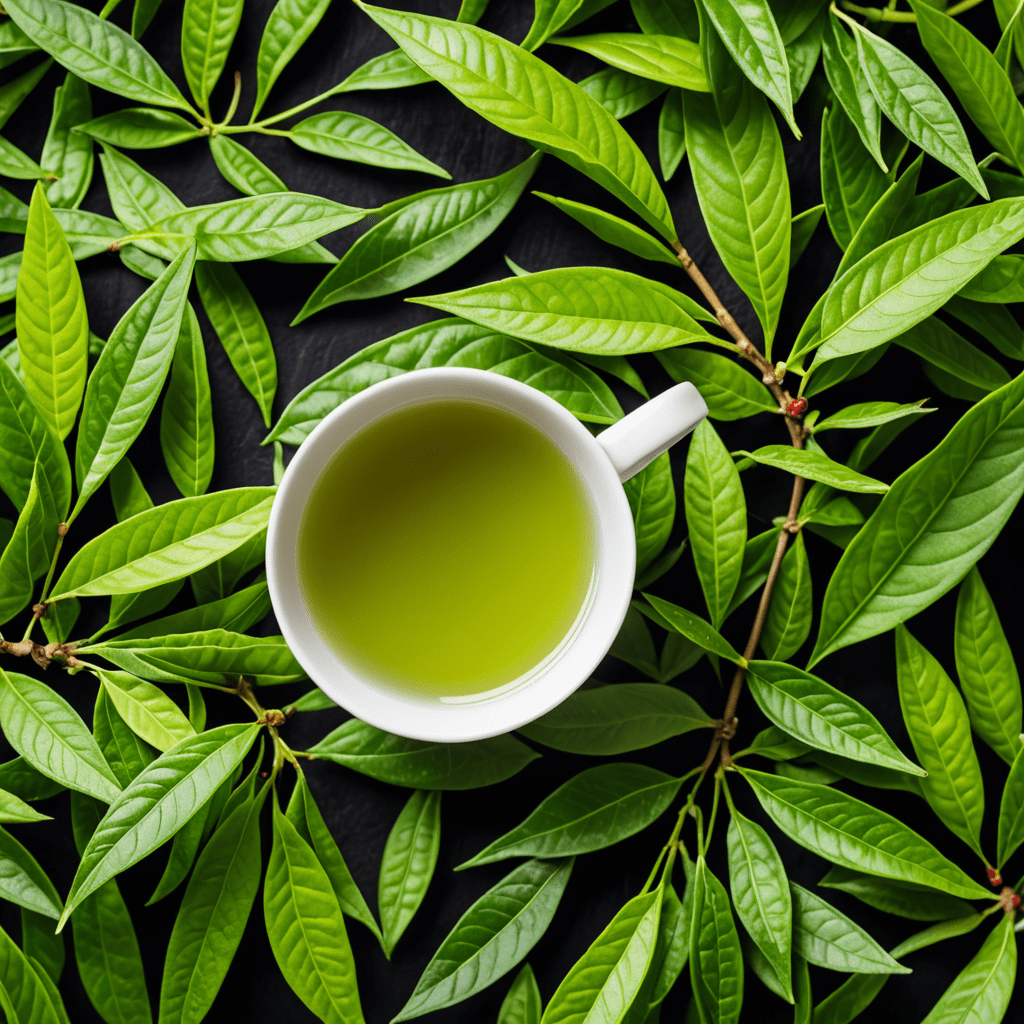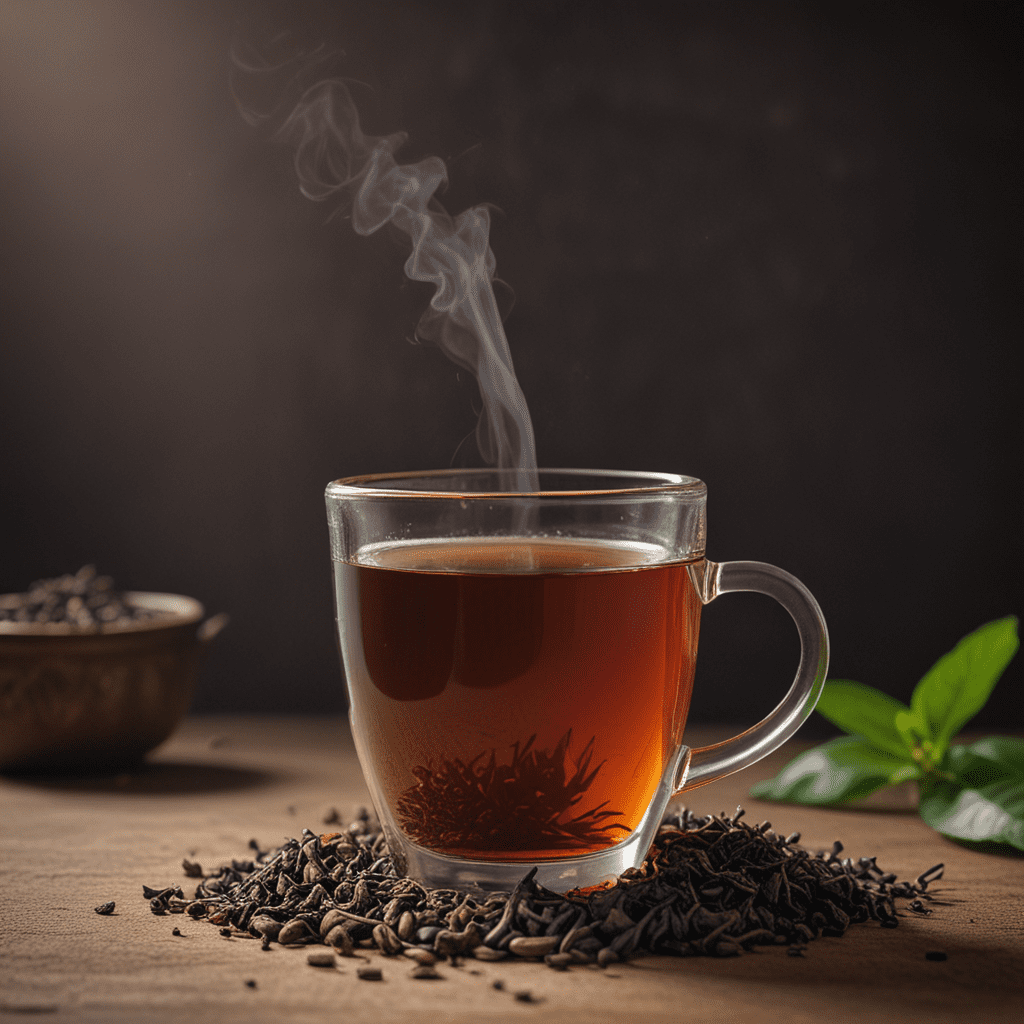
Chai Tea: The Perfect Balance of Sweet and Spice
I. Introduction: Unveiling the Aromas of Chai
Chai, a tantalizing concoction of aromatic spices and rich black tea, has captivated taste buds for centuries. Its alluring aroma, a harmonious blend of sweet and spicy notes, beckons tea enthusiasts worldwide to embark on a sensory journey. From the bustling streets of Mumbai to cozy cafes in London, chai has become a beloved beverage, transcending geographical boundaries to warm hearts and soothe souls.
II. Historical Roots: A Spice Odyssey from East to West
Chai's origins lie in the ancient spice trade routes of Asia. Indian traders ingeniously combined their native spices with black tea acquired from the British, giving birth to a beverage that epitomizes cultural fusion. The British Raj further popularized chai, introducing it to their colonies and transforming it into a staple drink across the globe. Today, chai stands as a testament to the rich tapestry of global culinary exchange.
III. Chai Tea Blends: Exploring the Symphony of Flavors
Chai tea blends are an art form, each variation offering a unique symphony of flavors. The quintessential chai blend typically comprises a harmonious combination of spices such as cardamom, cinnamon, ginger, cloves, and black pepper. However, regional variations abound, with some blends incorporating additional spices like nutmeg, star anise, or fennel. The result is a kaleidoscope of flavors that cater to every palate, from the subtly aromatic to the robustly spicy.
IV. Health Benefits: Unveiling the Healing Properties of Spices
Beyond its captivating taste, chai boasts an array of health benefits attributed to its potent blend of spices. Ginger, a staple ingredient, is renowned for its anti-inflammatory and digestive properties, while cardamom aids in digestion and freshens breath. Cinnamon, another key spice, helps regulate blood sugar levels and boasts antioxidant qualities. Studies have also suggested that black tea, the base of chai, contains antioxidants that may protect against chronic diseases.
V. Traditional Preparation: The Art of Brewing Chai
Brewing chai is a ritual that has been passed down through generations. Traditionally, chai is prepared by simmering a mixture of spices, black tea leaves, milk, and sweetener in a saucepan. The spices are first toasted to release their aromatic oils, then steeped in water to extract their flavors. Black tea leaves are then added to the brew, along with milk and a touch of sweetener to balance the spices' intensity. The result is a rich, flavorful concoction that warms the body and soul.
VI. Brewing Methods: Modern Adaptations for Chai
While traditional brewing methods for chai have stood the test of time, modern adaptations have emerged to cater to contemporary lifestyles. Pre-mixed chai concentrates, available in both liquid and powdered forms, offer convenience without compromising on taste. Electric kettles with built-in tea infusers simplify the brewing process, allowing for precise temperature control. Specialized chai brewing devices, such as the French press or the Moka pot, enable enthusiasts to experiment with different steeping times and brew strengths.
VII. Pairing Perfections: Complementing Chai with Delights
Chai's versatility extends beyond its standalone enjoyment. Pairing chai with complementary flavors elevates the experience and creates delightful culinary moments. Biscuits, cookies, and scones, with their buttery textures and delicate sweetness, offer a comforting accompaniment to the spicy warmth of chai. For a touch of indulgence, consider pairing chai with decadent desserts like chocolate truffles or a slice of rich cheesecake. Chai's robust flavors also complement savory dishes, adding a warm, aromatic note to curries, stir-fries, and even grilled meats.
VIII. Chai in Culinary Creations: Beyond the Cup
Chai's influence transcends the confines of the teacup, extending into culinary creations that showcase its versatility. Chai-infused baked goods, such as muffins, cakes, and breads, tantalize taste buds with their aromatic spices and the comforting essence of tea. Chai syrup, a concentrated form of the beverage, adds a unique flavor dimension to cocktails, mocktails, and desserts. Even savory dishes like rice pilaf and roasted vegetables can be elevated with the addition of chai spices, offering a warm and exotic twist.
IX. Chai Tea and Cultural Significance
Chai has become more than just a beverage; it holds deep cultural significance in many regions around the globe. In India, chai is an integral part of daily life, serving as a symbol of hospitality, warmth, and community. Chai stalls are ubiquitous, offering a comforting respite from the bustling streets. In the Middle East, chai is enjoyed as a gesture of friendship and is often flavored with saffron or rose water. Across cultures, chai has woven its way into traditions, ceremonies, and social gatherings, fostering connections and enriching cultural experiences.
X. Conclusion: The Enduring Legacy of Chai
Chai, a harmonious blend of sweetness and spice, has captivated hearts and palates for centuries. Its journey from ancient spice routes to global popularity is a testament to its enduring appeal. Chai's versatility, from its traditional preparation to culinary adaptations, ensures its continued relevance in the ever-evolving tea landscape. As a beverage, a culinary ingredient, and a symbol of cultural significance, chai stands as a testament to the enduring power of flavors that transcends borders, bringing warmth, comfort, and joy to every sip.
FAQs
Q: Is chai tea good for you?
A: Yes, chai tea has several potential health benefits due to the spices it contains, such as ginger (anti-inflammatory), cardamom (aids digestion), and cinnamon (helps regulate blood sugar).
Q: How much caffeine is in chai tea?
A: The caffeine content in chai tea varies depending on the type of black tea used. Generally, chai contains less caffeine than regular black tea, but the amount can range from 20 to 50 milligrams per 8-ounce serving.
Q: How do you make chai tea?
A: To make traditional chai tea, simmer a mixture of spices (e.g., cardamom, cinnamon, ginger, cloves), black tea leaves, milk, and sweetener in a saucepan. You can also use pre-mixed chai concentrates for convenience.
Q: What are some variations of chai tea?
A: Chai tea has many variations, including the addition of spices like nutmeg, star anise, or fennel. Some variations also incorporate sweeteners like honey, maple syrup, or jaggery.
Q: Is chai tea the same as masala tea?
A: Yes, chai tea and masala tea are essentially the same beverage. The term "masala" refers to the blend of spices used in the tea.


